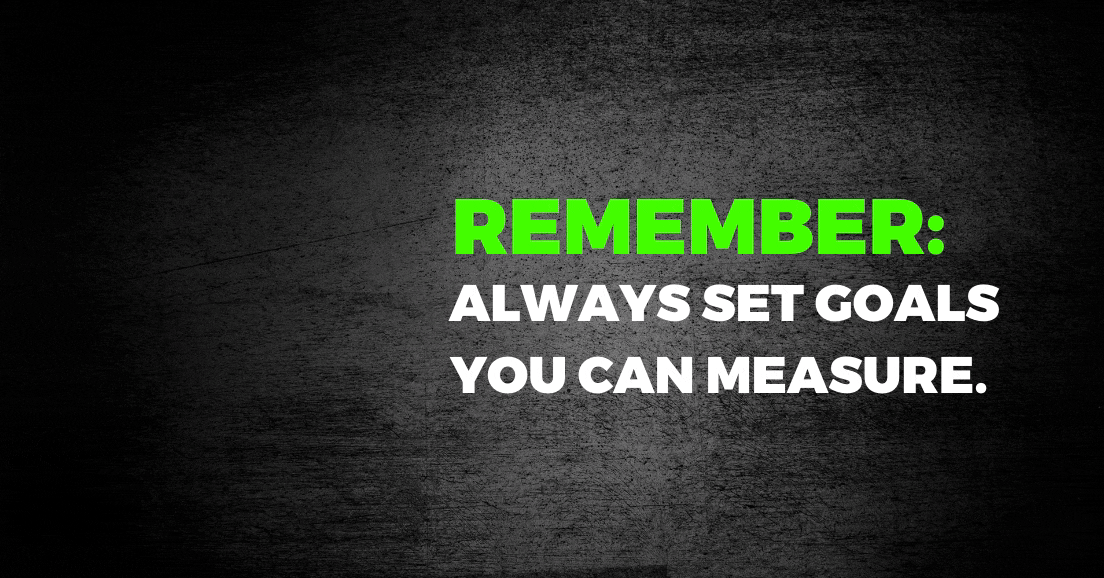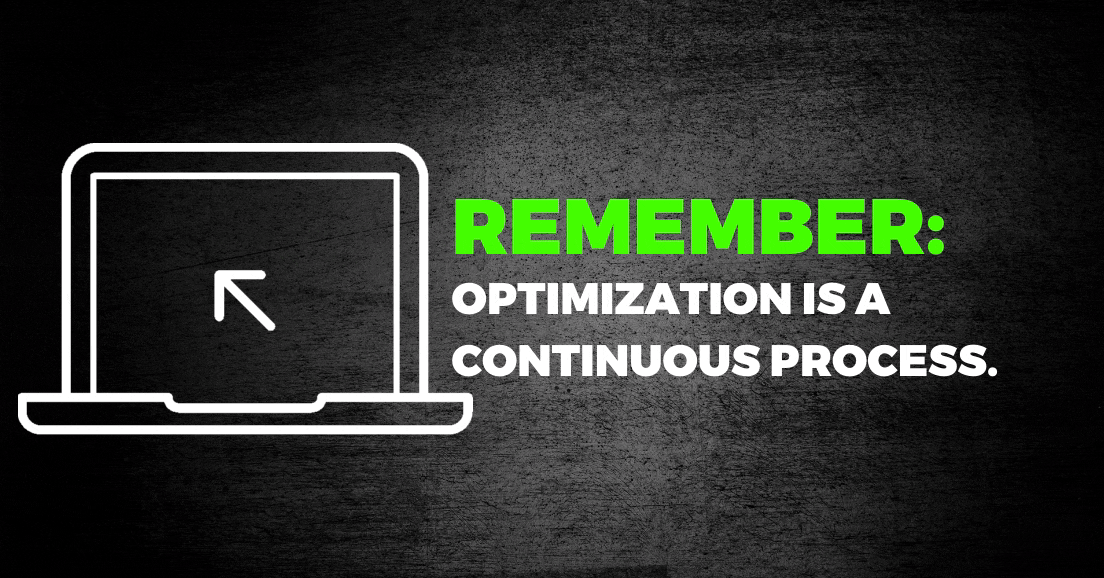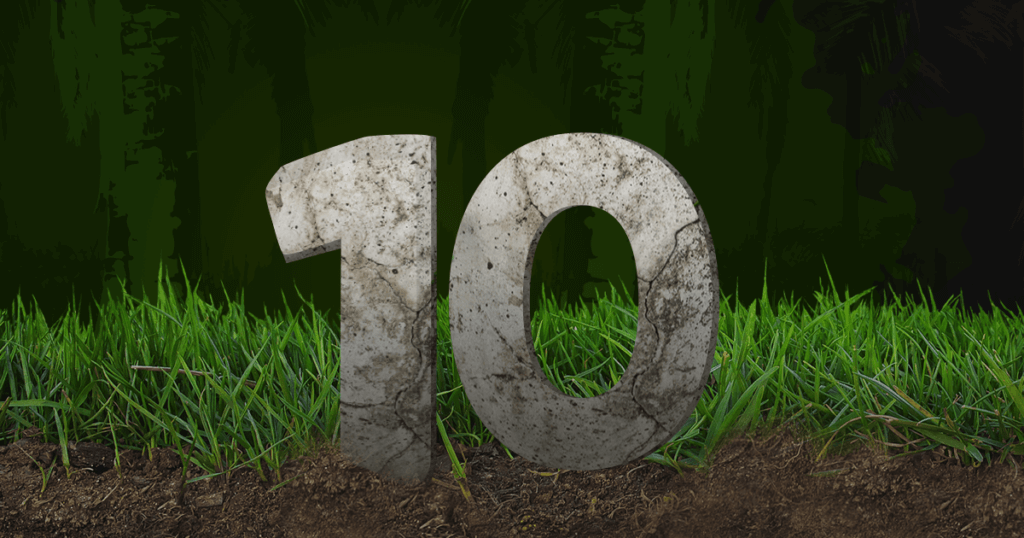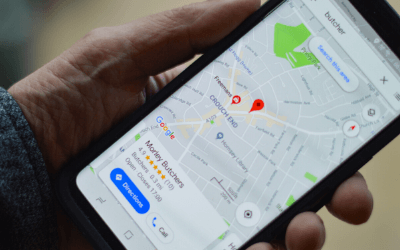Pop quiz! When was the last time you looked at how your landing pages are converting visitors? If you haven’t, you definitely should. Conversion rate optimization (CRO) is the regular practice of updating, tweaking and revamping your website’s landing pages to make sure they’re converting as many visitors as possible. That could be form submission, product sales or something else entirely. It makes your sales cycle seamless, so visitors to your website become leads and can then be converted into customers.
What Conversion Rate Optimization Can Do for You
Conversion rate optimization is an integral part of digital marketing. You can make the most of your website with optimization, feeding qualified leads to sales. And as a part of sales, it can streamline your process and potentially shorten the time to close the deal. At its core, CRO creates a user experience that both educates the user and entices them to convert.
Create a Better User Experience
Conversion rates are your measuring stick for your website’s landing page effectiveness. If you don’t have a high conversion rate across your website, then your site isn’t providing a user experience that encourages a conversion.
CRO can drive more conversions by making your website more user-friendly. With good user experience, any site visitor can find what they need or get answers to their questions. For example, having a landing page with too much content or one without enough of it to really help the user is unlikely to have a high conversion rate. Following best practices can help you identify the biggest issues with your pre-existing pages and help create more effective new landing pages.
Generate Seamless Funnels for Better-Quality Leads
Conversions can look different at each stage of the buyer’s journey. A top-of-funnel conversion could be filling out a form to get more information. A bottom-of-funnel conversion would be becoming a customer. By optimizing for conversions at every phase of the buyer’s journey, you can maximize your website’s potential and help even shorten your sales cycle.
With a fully optimized website, you’re spending more time working leads you know are actually interested in your product or service. Inbound leads are looking for answers or a solution, so instead of spending hours cold calling numbers from a list, you’re nurturing leads to convert and become customers. That’s time saved for your sales team that they can instead use to work on closing deals.
CRO is a way to smooth out the wrinkles in your sales process, with your landing pages acting as a magnet to attract interested, engaged users and convert them into leads with a higher potential of becoming customers.
There are many different tools on the market to help you with CRO, but there are some best practices to keep in mind if you’re just getting started. To help you out on your CRO journey, we’ve compiled a list of some of the most essential conversion rate optimization best practices out there!
7 CRO Best Practices You Should Always Follow
Conversion rate optimization itself is a long-term process and it’s actually more like a cycle than a single project. You should revisit your website’s conversion rates every now and again to make sure you’re not missing out on any potential wins. Even a few small changes can help you convert more users and help your business grow.
*Pro-Tip: Jump to #2 to see the best way to make changes without changing too much at once!
1. Clearly Define Your Goals for Each Page
Before you can start optimizing your pages, you need goals. Increasing submissions on a form and the overall conversion rate of a landing page is great, but you want to define what both of those goals are in a measurable and attainable number. Be SMART when you set conversion rate goals and make sure that they’re specific, measurable, attainable, relevant and timely.
When you make SMART goals and begin to optimize your website to meet those goals, you can have a better understanding and handle on where your business is going. If you have achievable goals and a way to measure your progress, you can continually iterate on your content and analyze the results on a regular basis. These small but continuous changes quickly add up.
When you set your goals, bear in mind that each page you’re optimizing might have a different purpose. What do you want users to do on a certain page? Do you want them to:
- Book a meeting for a consultation?
- Sign up for a newsletter?
- Request more information on a product or service?
- Purchase a product?
Each of these examples represents a different stage in the buyer’s journey. When you set goals for conversion rates, remember that there’s no “one size fits all” number or percentage. Each stage in the buyer’s journey requires a little more context. Make sure your goals reflect the page you’re optimizing.

2. A/B Test One New Change at a Time for Clearer Data
When it comes to CRO, you want to take it slow and steady. A/B test one thing at a time on landing pages throughout your site. A/B testing is testing how two almost-identical things (web pages, emails, etc.) with one variation performs to see which is more effective. In marketing, you can A/B test two different versions of a landing page, for example, to see which performs better with users and converts at a higher rate.
Instead of changing copy on the page, a CTA button’s color and how many fields your form has all at once, you need to test those one at a time. What this does is give you a more accurate look at what is and isn’t working for your landing page. If you changed all three of those things at once, then you won’t really be able to tell what specifically resonated with your users and pushed them to convert. But if you test those elements one at a time, you’ll know for sure what was a hit and what got missed with your users.
3. Track User Movements Regularly
Convenient tools like HotJar and CrazyEgg can track the movements a user takes when they enter your site. If they scroll all the way to the bottom of the page and click on a link, the software records it. If the user only reads the top third of your webpage’s content and exits without any other action, the software records that too. Whatever action they do or don’t take on your page, you’ll be able to see it.
The difference between scrolling all the way to the bottom of the page and only the top third can indicate how much your content is resonating with readers. If out of 100 users, only a handful click on links or engage with your content, it’s a sign you need to adjust and start optimizing the page for what will resonate with them.
By tracking user movements, you can better understand their behavior and what actions they’re most likely to take on your website. And when you track these movements regularly, you can see how your pages perform over time, adding more opportunities to make improvements based on real interactions with your site.

4. Stay On Top of Your Site Speed
No one likes a slow website. You might have checked your website speed when you first launched your website, but you should be checking in on it every now and then to make sure you’re hitting the mark.
Site speed affects user experience, which in turn can influence how many visitors your website converts. Use tools like PageSpeed Insights from Google to get an accurate count of your website’s speed. Once you know if there’s room for improvement, you can get to work giving your users a better overall experience.
5. Make Sure Your Form Settings Are Correct
It might surprise you to hear this, but making sure forms on your website actually send a submission to the correct person can be easily overlooked in CRO!
Leads can fall through the cracks if a form sends notifications to a defunct or incorrect email address. If no one is following up with those leads or if you aren’t tracking leads with customer relationship management (CRM) software, you’re missing out on crucial data about your users and leads. Make sure that your forms are always directing leads to the right place, or else you’re leaving money on the table.
6. Analyze Your Results With Context in Mind
Once you’ve started CRO for a page, it’s important to analyze the results with some context in mind. Since your goals for each page should be specific to the page itself, digging deeper into the results can give you a better picture of what’s working in your CRO efforts.
Besides just the overall conversion rate with form submissions, you can also look at your results as a clear picture of how to create meaningful content that engages your users. This can not only improve your conversion rate overall, but it can also give the user a better experience. Contextualize your A/B test results and you’ll get the whole story!

7. Wait for Testing to Finish Before Starting Another One
An A/B test only works if you let it finish before starting another one or make further changes to your landing page. If the sample size of your A/B test is too small, then you don’t really have a pool of data that’s comprehensive enough about your page. While you might be tempted to make changes right away based on responses and engagement, it’s important to let the test finish so you can get as much data as possible.
Once the A/B test is complete and you have a large enough sample size of responses, you can begin tweaking and editing the page to test it again (one element at a time). Editing, testing and tweaking is part of the overall process of CRO and not something to cut corners on.
CRO: Slow and Steady Wins the Race
It’s important to remember that you might not see out-of-this-world results when you first start to optimize your website’s landing pages. Although some tweaks may yield some pretty quick and impressive results!) But it’s just as important to remember that your CRO efforts can build on each other over time and go hand in hand with your other marketing initiatives to drive more conversions. Hold steady with the best practices of conversion rate optimization and you’ll be in great shape.






